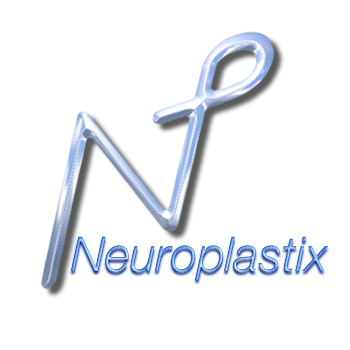Inflammation
The connection of brain and body is maintained by the nervous system. The peripheral nervous system keeps the brain informed about what is happening to the body and allows the brain to make adjustments. This loop cycles at 30 times a second over the entire course of a person’s life. We tend to pay far less attention to the molecular communication between brain and body. Unlike the 30 hz communication via the nervous system, molecular information is always on. The truth is that the two systems rely upon each other for total information and adaptation.
Although inflammation is a major contributor to most disease processes, it is also the process that protects and heals. Glial cells in the brain mediate inflammatory processes. In the peripheral body, connective tissue cells called fibroblasts and transformed tissue-based blood cells, known as macrophages, plasma cells and mast cells play major inflammatory roles. Trimming of synapses, necessary for forming new synapses, is an inflammatory-based process with astrocytes directing microglia to release local inflammatory cytokines at specific synapses to trim them away. Inflammation is also a response to invasion of foreign particles, such as viruses or bacteria across the blood brain barrier. Inflammatory processes in the periphery occur because of the arachadonic acid cascade and Leukotriene cascades. There is also an active anti-inflammatory cascade that occurs via corticosteroid receptors, Interleukin-10, interleukin-18 and anandamide. Furthermore, mechanisms built into each cell in the body are maintained and regulated by GABA to serve as a collapsable barrier to inflammation when tissue damage occurs.
When all works properly, an exquisitely tuned system between body and brain mounts an inflammatory response, informs the brain of the problem and resolves it with an anti-inflammatory response. Something else happens when inflammation does not resolve and it is in the chronic inflammatory state that most disease flourishes.
In the body, the connective tissue, composed of fascia, ligaments, tendons, mounts the inflammatory response. At a cellular level, every tissue in the peripheral body is full of fibroblasts. They are migrating cells and outnumber all other cell types. When injury, infection or local inflammatory processes occur, local fibroblasts stop their primary job of tissue repair and maintenance, change shape and migrate to local capillary and nerve complexes. They stop making collagen and start making inflammatory components. Circulating blood cells are called out of the capillaries by the chemokines released by fibroblasts and are transformed in the tissue to inflammatory cells that release more inflammatory substances into the tissue. These cells change shape in the tissue and begin to engulf and destroy foreign invaders and dead tissue. They can live in the tissue for a much longer time than they do in blood vessels and produce inflammatory molecules throughout their existence. In abnormal inflammatory states common to most disease processes, a resonant circuit is set up with the brain, mediated by the constant firing of pain nerves. In the brain astrocytes and microglia get into the act of perpetuating nerve firing in pain circuits and releasing and directing more inflammatory substances in the periphery. A loop is set up that involves nerve and electrical transmission, taking on a life of its own.
The fluid that exists between tissue layers is known as interstitial fluid. It is in this environment that fibroblasts and transformed blood cells migrate. Interstitial fluid, despite being ignored in clinical practice, has several important properties that make it an appealing target for enhancing the anti-inflammatory cascade. Interstitial fluid is, essentially, the ocean we all live in. While blood consists of 5.6 liters of volume in the blood vessels, interstitial fluid consists of an average of 15 liters of fluid between tissue layers and surrounding the cells of tissues throughout the body. It is within the interstitial fluid that fibroblasts construct the fine connective tissue latices that make up the scaffolding for collagen production to repair and maintain body tissues. It is also the substance in which these fibroblasts transform shape, migrate and release inflammatory compounds and mediators, calling forth cells from the bloodstream to enter into local tissues and transform into inflammatory scavengers. When the brain makes more Substance-P in its response to stimuli in the pain circuit from the peripheral injury sites, it sends it back out to local areas dumping it in the interstitial fluid, perpetuating chronic inflammation. Volume, acid-base balance, viscosity and pressure are all dynamic properties of the interstitial fluid. When the interstitial fluid pressure drops, capillaries in the local area will release 10 to 20 times more fluid into the area. In the gut wall one of the component of interstitial fluid is filtered to make lymph, which flows through the lymphatic system to lymph nodes causing a reaction to cytokines and cell types and fragments. Lymph ultimately ends up back in the blood vessels.
We are currently researching all aspects of interstitial fluid as an avenue to promote resolution of chronic inflammation. Additionally, a greater understanding of the processes that are mediated by non-nervous tissue in the body and brain and how they coordinate with each other is another area of intense interest to us. Furthermore, clarifying details of the peripheral body’s natural anti-inflammatory cascade, its use of energy and its interactivity with the brain are critically important if we are to come up with ways to break the grip of chronic inflammation. Currently, we are studying these processes and working on novel ideas to try to reverse them locally and systemically.
